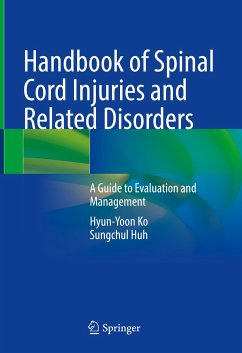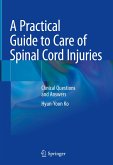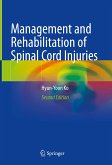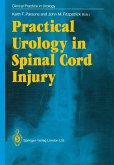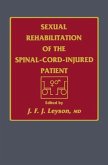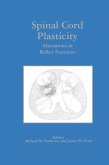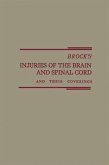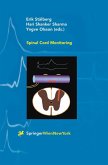This easy-to-use handbook is designed to assist in the evaluation and management of spinal cord injuries and the diverse related disorders and conditions. Spinal cord injuries can cause abnormalities in all body systems due to dysfunction of the somatic motor and sensory systems and damage to the autonomic nerve system. The latter gives rise to respiratory and cardiac problems, temperature regulation disorders, endocrine system disorders, and many associated metabolic disorders. Other potential consequences of spinal cord injuries include pressure injuries and various disabilities and obstacles, ranging from physical limitations to social embarrassment. This handbook offers extensive guidance on medical management in different scenarios from the acute phase to long-term care, with a particular focus on information of importance for the solution of clinical problems commonly encountered in daily practice. It will be ideal for practitioners in rehabilitation medicine, neurosurgery, orthopedics, neurology, and other relevant specialties that deal with patients with spinal cord injuries.
Hinweis: Dieser Artikel kann nur an eine deutsche Lieferadresse ausgeliefert werden.
Dieser Download kann aus rechtlichen Gründen nur mit Rechnungsadresse in A, B, BG, CY, CZ, D, DK, EW, E, FIN, F, GR, HR, H, IRL, I, LT, L, LR, M, NL, PL, P, R, S, SLO, SK ausgeliefert werden.
Hinweis: Dieser Artikel kann nur an eine deutsche Lieferadresse ausgeliefert werden.

